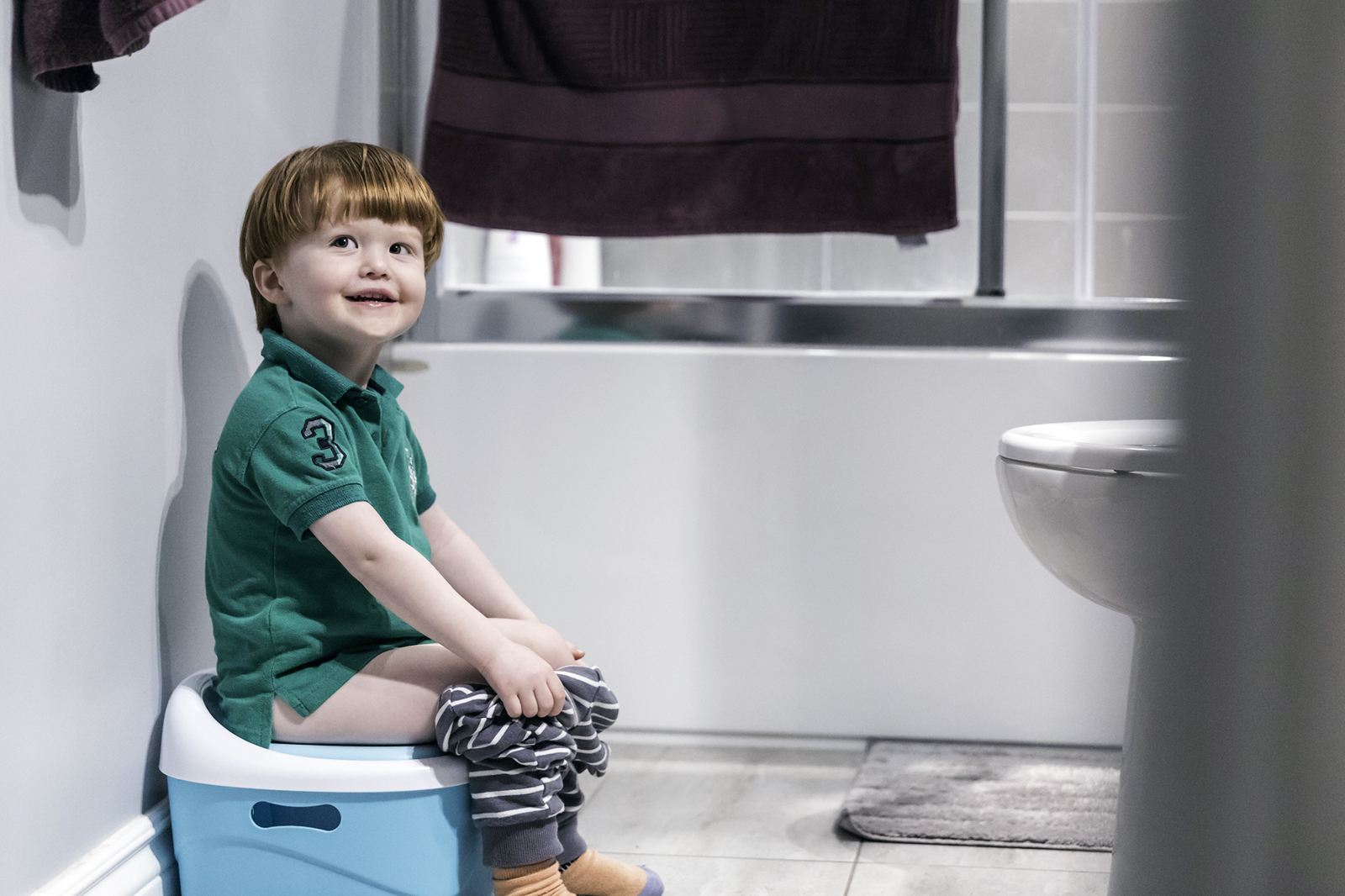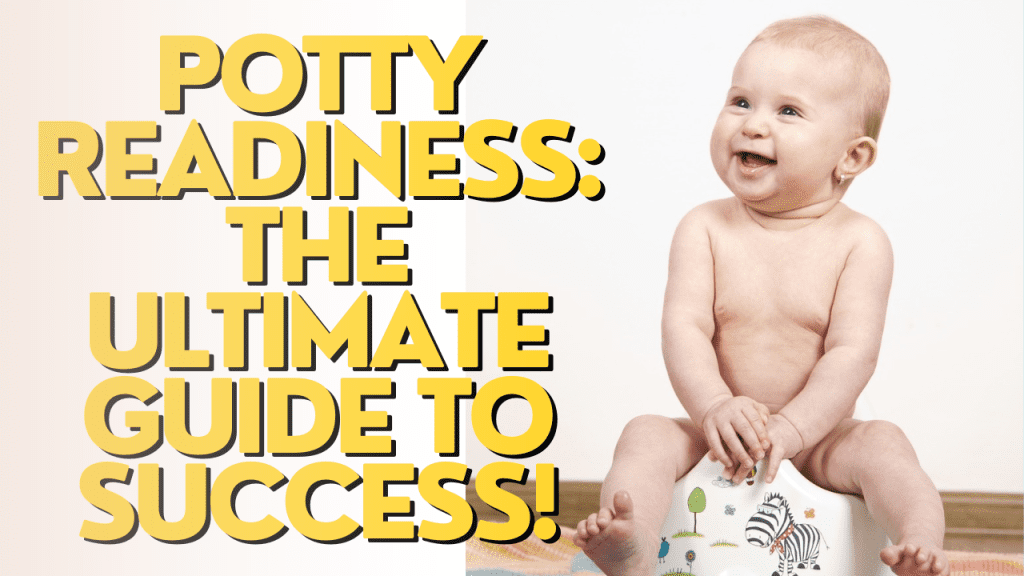Potty training boys typically begins between the ages of 2 and 3 years in the united states, with most children fully trained by the age of 4. Starting potty training at the right age is crucial for success.
Potty training is an important milestone in a child’s development, and it can be a challenging process for parents, especially when it comes to potty training boys. However, with the right approach and strategies, it is possible to successfully toilet train boys and help them transition from diapers to using the potty like a pro.
We will explore effective methods and tips for potty training boys, so you can navigate this stage with confidence and set your little one up for success.


Credit: www.lovetoknow.com
Understanding The Basics Of Potty Training Boys
Understanding the basics of potty training boys is essential for successful training. When it comes to potty training boys, there are some key differences compared to girls. Boys may need more time to learn to aim properly and sit or stand while using the toilet.
To set them up for success, you can follow a few tips. First, make sure your child is ready for potty training by looking for signs of readiness. Next, introduce the potty to your boy and let him get comfortable with it.
You can even personalize it with stickers or his name. Additionally, encourage him to practice pulling his pants up and down on his own. Finally, provide positive reinforcement and praise for his progress. With patience and consistency, your boy will be successfully potty trained in no time.
Signs Of Readiness And Preparing For Potty Training
Recognizing signs that your boy is ready for potty training is crucial for a successful transition. Look for cues such as showing interest in the bathroom, staying dry for longer periods, and being able to follow simple instructions. Creating a supportive environment is also essential.
Make sure the child feels comfortable using the potty by decorating it and involving him in the process. Provide essential supplies like a potty chair or a training seat to make the experience easier. Remember, each child is unique, and the timing may vary.
Stay patient and encourage your boy throughout the potty training journey.
Proven Strategies For Successful Potty Training
Introducing the potty to your boy is an important first step in successful potty training. Start by making the potty accessible and familiar to him, perhaps by letting him choose his own potty seat or adding fun stickers to personalize it.
Establish a potty routine by encouraging him to sit on the potty at regular intervals throughout the day, especially after meals or waking up. Be patient and understanding when accidents happen, and use them as teaching moments. Offer positive reinforcement and rewards, such as stickers or small treats, to motivate and encourage him.
As your boy becomes more comfortable using the potty, you can start transitioning him to using the toilet. Gradually introduce him to the toilet seat and encourage him to use it with support. With these strategies in place, you can help your boy successfully navigate the potty training journey.
Troubleshooting Common Challenges
Troubleshooting common challenges when potty training boys can be a daunting task. Dealing with resistance and refusal to use the potty requires patience and understanding. Addressing fear and anxiety surrounding potty training is crucial for a successful transition. Nighttime potty training for boys may present additional obstacles that need to be addressed.
Handling regression and relapses can be frustrating, but it’s important to remain consistent and supportive throughout the process. Remember, every child is different, and progress may vary. Stay positive and celebrate small victories along the way. With time and perseverance, your little one will conquer this important milestone.
Potty Training Accessories And Tools For Boys
Potty training boys can be made easier with the right accessories and tools. Choosing the right potty training seat or chair is crucial for their comfort. Additionally, helpful potty training books and resources can provide valuable guidance. Using timers and watch reminders for potty breaks can help establish a routine.
Moreover, there are specialized potty training toilets available for boys. These toilets are designed to make the process easier and more enjoyable for them. By considering these potty training accessories and tools, parents can make the journey of potty training boys a smoother and more successful one.
Frequently Asked Questions About Potty Training Boys
Age. How long does potty training take for boys? Potty training can take anywhere from a few weeks to several months, depending on the child’s readiness and cooperation. Should boys be taught to sit or stand while urinating? It is recommended to initially teach boys to sit while urinating to prevent messes and establish good hygiene habits.
Later, they can transition to standing if they show interest. What if my boy refuses to poop in the potty? If your boy refuses to poop in the potty, remain patient and calm. Encourage him to sit on the potty regularly, provide positive reinforcement, and make the experience comfortable and enjoyable.
Remember that every child is unique and may progress at their own pace. Stay consistent, offer support, and celebrate the small accomplishments along the way.
Frequently Asked Questions Of Potty Training Boys
What Is The Average Age For A Boy To Be Potty Trained?
The average age for a boy to be potty trained is between 2 and 3 years old. Most children in the united states are fully trained by the time they are 4 years old.
Why Are Boys Harder To Potty Train?
Boys may be harder to potty train due to several factors. First, boys tend to have a slower development of bladder control compared to girls. This means they may take longer to recognize the sensation of needing to use the bathroom and hold their urine.
Second, boys may also have a more active and exploratory nature, which can make it difficult for them to sit still on the potty. Additionally, boys may be less motivated to use the potty because they are not as interested in cleanliness and hygiene as girls.
It’s important to approach potty training boys with patience, consistency, and positive reinforcement. Provide clear and simple instructions, establish a routine, and offer rewards for successful attempts. With time and practice, boys can become successful potty trainers just like girls.
What Is The 3 Day Potty Training Method?
The 3-day potty training method is a popular approach to help children learn to use the toilet independently in a short amount of time. It involves dedicating three consecutive days to intensive potty training, focusing on consistent communication, repetition, and positive reinforcement.
On the first day, parents prepare themselves and their child by gathering necessary supplies and setting up the environment. The second day is the “big day” when the child transitions from diapers to underwear and begins practicing using the potty regularly.
Parents closely monitor their child’s dryness and encourage them to use the potty frequently. By the third day, the child should start showing signs of progress and understanding when they need to use the toilet. This method aims to expedite the potty training process and promote independence in a short period of time.
How Do You Potty Train A 7 Year Old Boy?
To potty train a 7-year-old boy, follow these steps:1. Introduce the concept: start by explaining the purpose of using the toilet and its benefits. 2. Establish a routine: set regular times for bathroom breaks, especially after meals and before bedtime.
3. Encourage independence: teach the boy to pull his pants up and down on his own and use the toilet independently. 4. Make it fun: decorate the potty with his favorite stickers or his name to make it more appealing.
5. Use positive reinforcement: praise and reward the boy for successful toilet trips, such as stickers or small treats. 6. Be patient: understand that accidents can happen, and it may take time for the boy to fully grasp the concept.
7. Seek professional help if needed: if the boy continues to struggle with potty training, consult a pediatrician or child psychologist for guidance. Remember, every child is different, and it’s essential to be patient and supportive throughout the process.
Conclusion
Potty training boys can be a challenging but rewarding process. By following the right techniques and strategies, parents can successfully guide their sons through this important milestone. Remember to be patient and allow your child to progress at their own pace.
Create a positive and supportive environment by celebrating small victories and using positive reinforcement. Establish a consistent routine and encourage regular bathroom visits to establish good habits. It’s also essential to involve your child in the process by allowing them to choose their own potty seat or decorate it with stickers to make it more inviting.
Additionally, be prepared for accidents and setbacks along the way, as they are a normal part of the learning process. With time, patience, and consistency, your little boy will eventually become a potty-trained pro. Good luck on this exciting journey!



